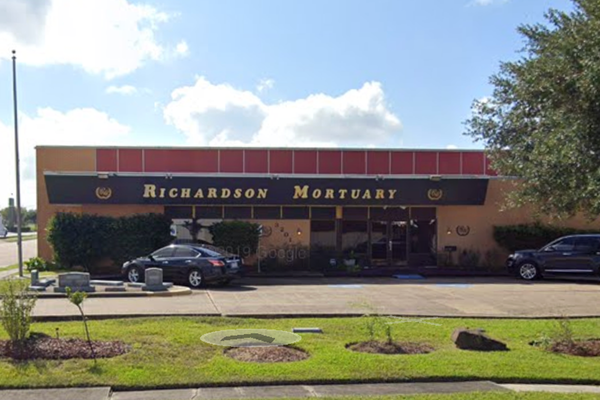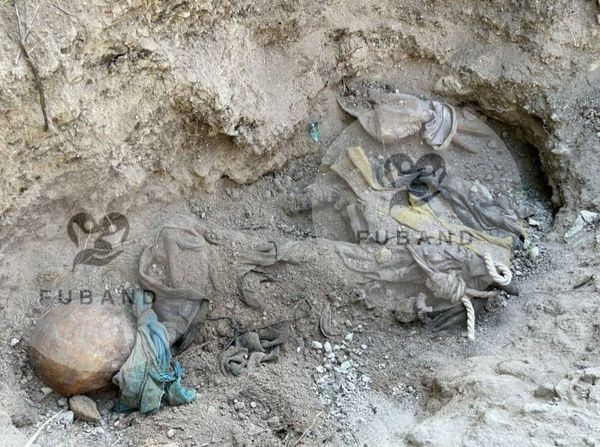Meghan Markle has revealed that she suffered from postpartum preeclampsia, describing the experience as a “huge medical scare”.
The 43-year-old revealed she had the “rare and scary” health condition in the debut episode of her new podcast. In Confessions of a Female Founder, Meghan described the experience while discussing the challenges of building businesses and balancing motherhood with Bumble founder Whitney Wolfe Herd.
"We both had very similar experiences, though we didn't know each other at the time, with postpartum, and we both had preeclampsia. Postpartum preeclampsia," Markle said.
“You’re still trying to juggle all of these things, and the world doesn’t know what’s happening quietly.”
Herd described the condition as “life or death, truly”.
Below, we explain what the condition is as well as its warning signs.
What is postpartum preeclampsia?
Postpartum preeclampsia is a high blood pressure condition that can occur after childbirth and cause serious complications if untreated. Markle, Herd, and Kim Kardashian are among the celebrities who have suffered from the illness.
The NHS describes it as a condition that affects some pregnant women, usually during the second half of pregnancy (from 20 weeks), or it can also affect women soon after their baby is delivered.
What are the symptoms?
Early signs of pre-eclampsia include having high blood pressure (hypertension) and protein in your urine (proteinuria), according to the NHS.
While the signs may not be picked up initially, any issues should be picked up in antenatal appointments.
In some cases, further symptoms can develop, including:
- severe headache
- vision problems, such as blurring or flashing
- pain just below the ribs
- vomiting
- sudden swelling of the face, hands or feet
Who is affected?
The causes of preeclampsia are not known but some people are more at risk of the condition than others. Those at risk of developing it include those with:
- diabetes, high blood pressure or kidney disease before they were pregnant
- an autoimmune condition, such as lupus or antiphospholipid syndrome
- high blood pressure or pre-eclampsia in a previous pregnancy
According to the NHS, other factors that can slightly increase a person’s chance of developing the condition include:
- a family history of pre-eclampsia
- being 40 years old or more
- it's more than 10 years since your last pregnancy
- expecting multiple babies (twins or triplets)
- having a body mass index (BMI) of 35 or more
The NHS says: “If you have 2 or more of these together, your chances are higher.”
It adds: “If you notice any symptoms of pre-eclampsia, seek medical advice immediately by calling your midwife, GP surgery or NHS 111.
“Although many cases are mild, the condition can lead to serious complications for both mother and baby if it's not monitored and treated.
“The earlier pre-eclampsia is diagnosed and monitored, the better the outlook for mother and baby.”
Prince Harry claims he was ‘singled out for inferior treatment’ in court appeal: Live
Meghan Markle acknowledges ‘brutalising’ media backlash
Meghan details rare health condition in new Confessions of a Female Founder podcast
Meghan Markle offers free gifts to fans who bought products after they’d sold out
Gen Z boys have a new hero in their sights and his name is Russell Brand
Taking common sweetener instead of sugar could make you three times hungrier







